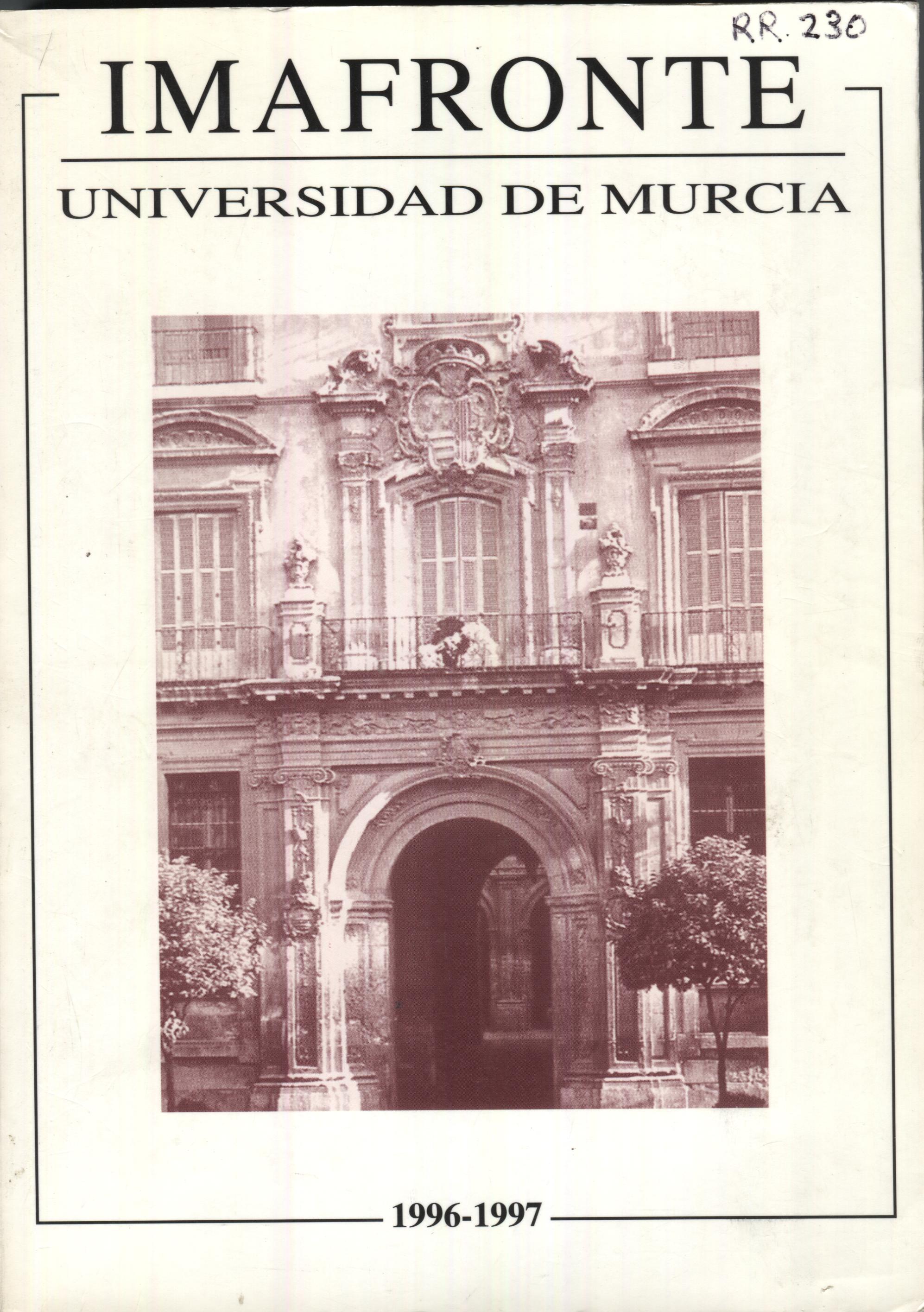LA CUSTODIA PROCESIONAL DEL PUENTE GENIL. REFLEXIONES SOBRE UNA OBRA DE PLATERÍA DEL SIGLO XVI
Abstract
Within the rich repertoy of processionol monstronces of Spain in the 16th century and in particirlar within the nutrid series that were created in Andalucia the monstronce of Puente Genil, in the province of Cordoba. must be included althougt was an item almost exclusively of local character. It was a work of art destined for o small population, such as old Puente Genil in the 16th century and did not have the category of the great monstrances of the period, but despite this fact shows the tremendous effort in the realisation of these structures, for the Corpus Christi procession even in these the greatness of the nobles to whow they belonged, in this specific case the Marquess of Priego and Lord of Aguilar. For this reason it is not surprising that a fine silversmith was used, apparently Diego Fernández, one of the most important master in this art in the Cordoba of that period.Downloads
-
Abstract287
-
PDF (Español (España))149
1. The authors non-exclusively assign the exploitation rights (reproduction, distribution, communication and transformation) to the magazine.
2. The works published in this magazine are subject to the Attribution-ShareAlike 4.0 International license (CC By SA 4.0). Therefore, they can be copied, used, disseminated, transmitted and publicly displayed, provided that:
i) the authorship and the original source of its publication (journal, editorial and URL of the work) are cited, thus allowing its recognition.
ii) it is allowed to remix, transform or create from the material while maintaining the same license as the original.

3. Self-archiving conditions. Authors are allowed and encouraged to electronically disseminate the pre-print (version before being evaluated) and/or post-print (version evaluated and accepted for publication) versions of their works before publication, as it favors their publication. Earlier circulation and diffusion and with it a possible increase in its citation and reach among the academic community. Color RoMEO: verde.






















